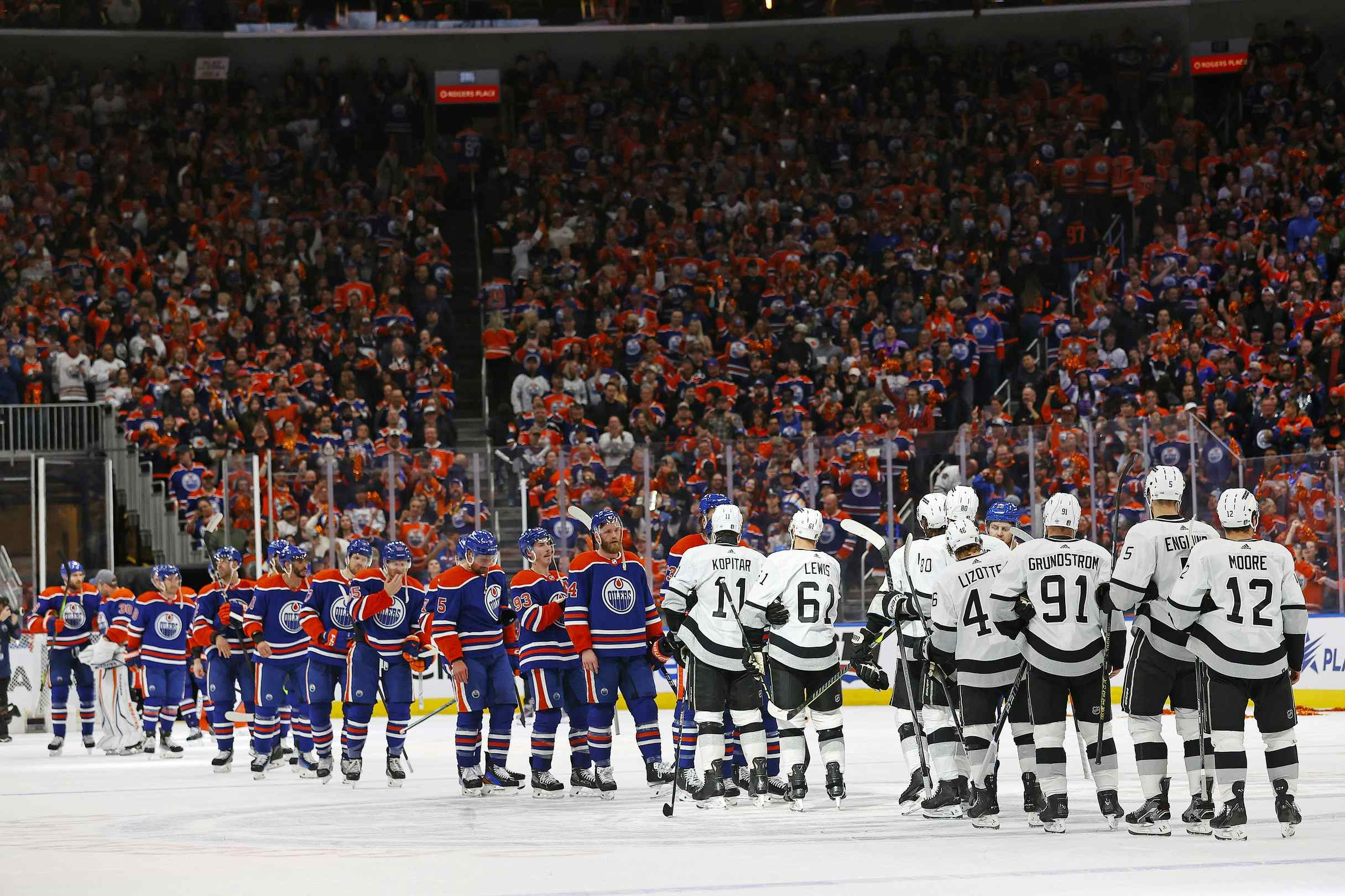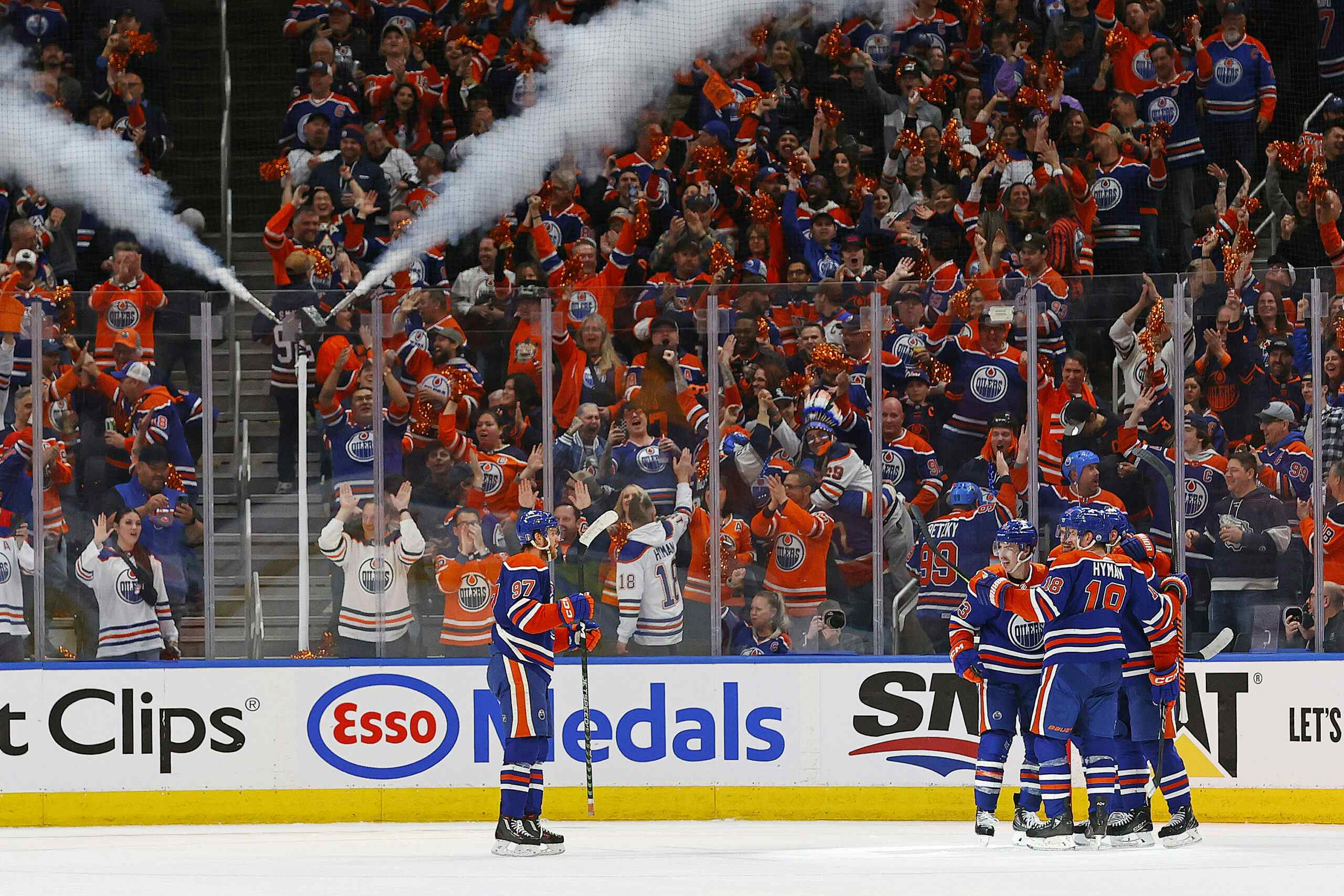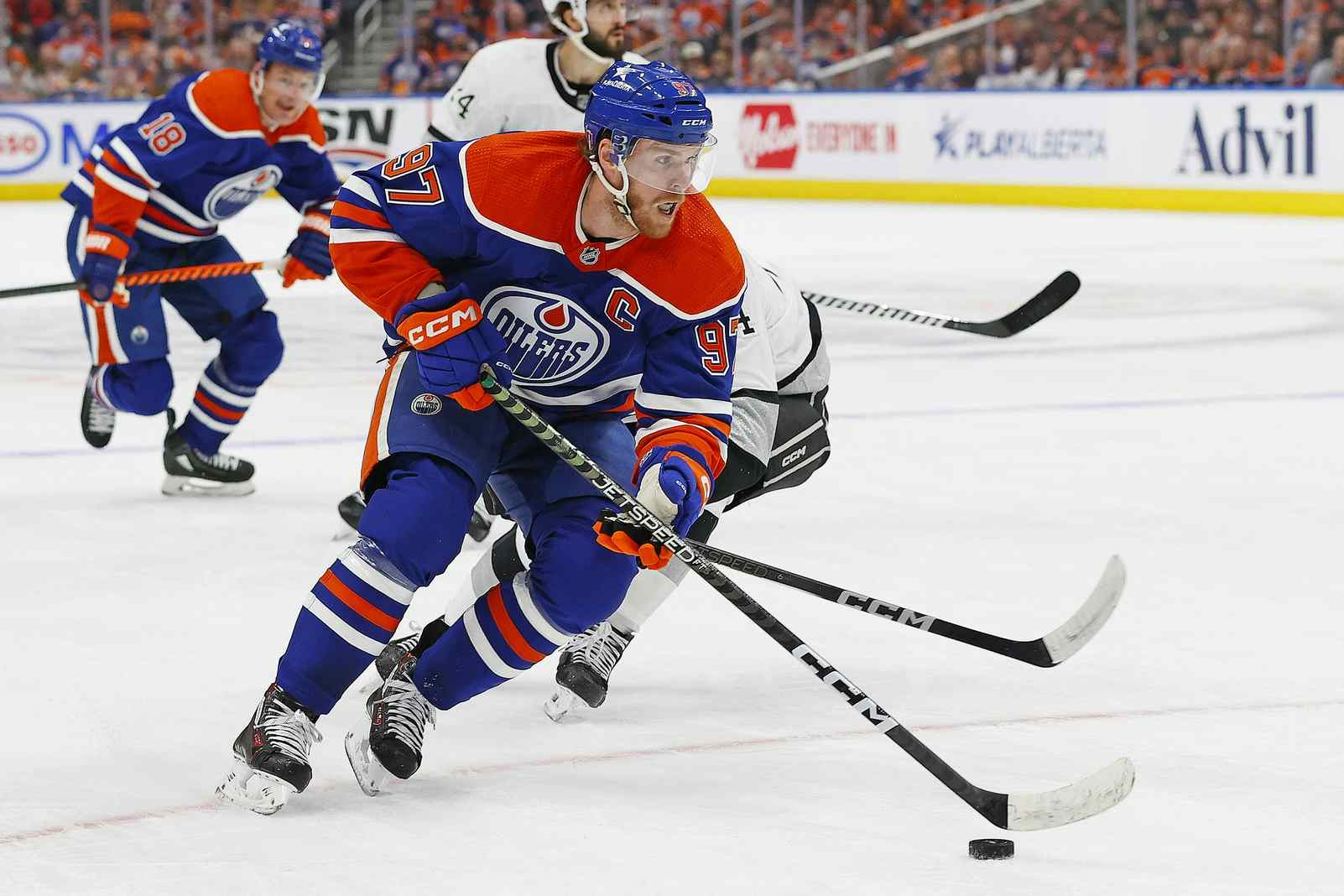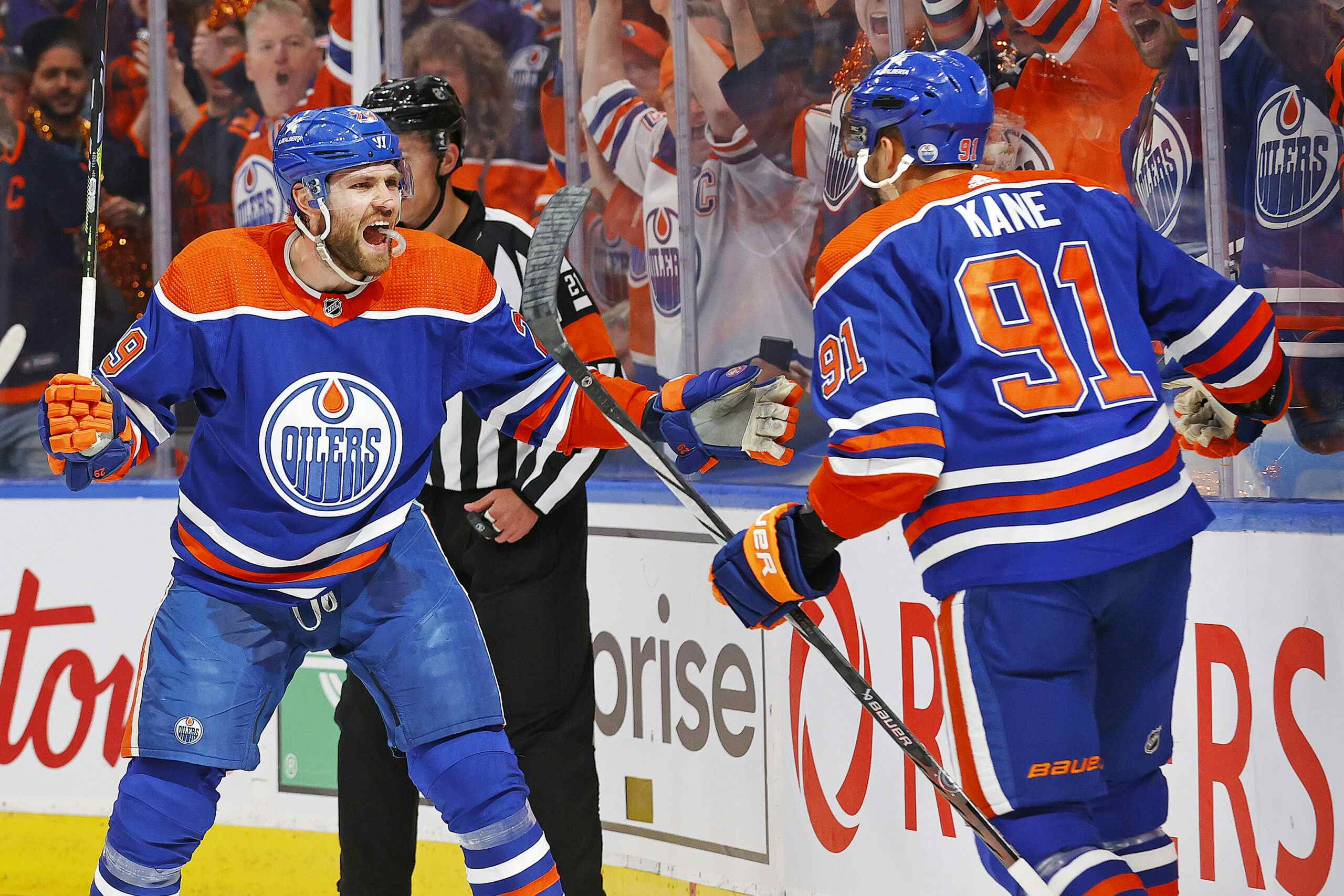Benning the Numbers (Part 1)
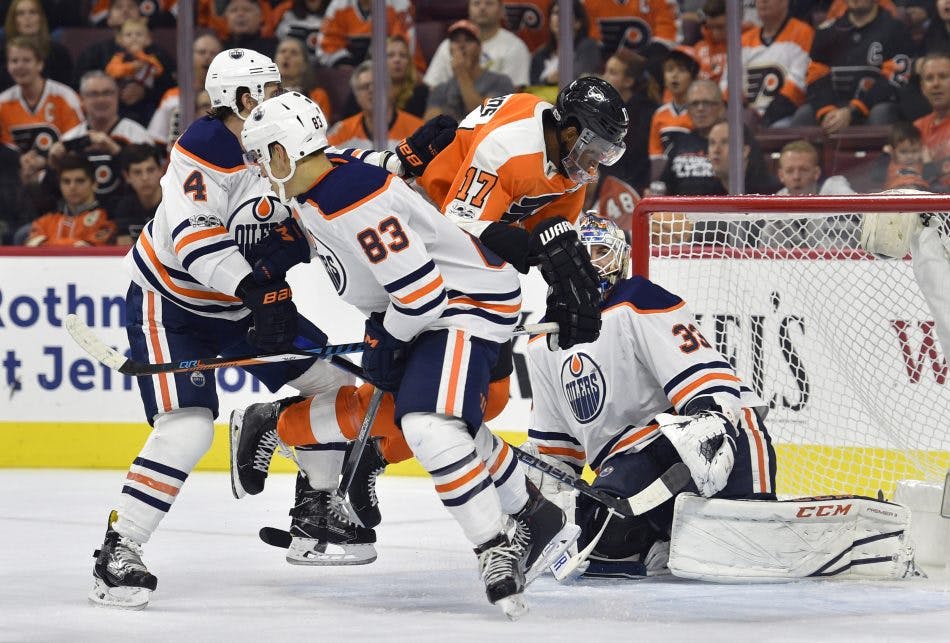
Another day, another contract!
The Oilers and Peter Chiarelli just signed Matt Benning to a 2 year contract with an AAV of $1.9M. The signing passed with considerably less fanfare and controversy than the Caggiula signing, maybe partly because everyone is distracted by the (surprisingly good) draft.
By most indicators, Benning is a third pair defender on the Oilers, though used with some regularity higher in the lineup, especially on the powerplay.
So is this contract fair value for Benning? Or another Chiarelli Overpay(tm)?
A Tragedy in Three Acts
To help get a bead on the contract, I’ll take a statsy look at Matt Benning, focusing primarily on 2017-18. I’m splitting this up into three articles, because I’m going to be throwing a lot of numbers at you!
Part 1 (this article) will provide the key individual numbers I look at when I assess a player, particularly a defender.
In Part 2, I’ll look at the key interactions to see how Benning’s numbers are affected by the players around him … especially you-know-who.
And in Part 3, I’ll use all of that mass of information to bring up comparables to use to assess the value of Benning’s contract.
On-Ice and Individual Results
As a starting point, let’s look at how Benning stacked up against his peers for both on-ice as well as individual results on the Oilers defence this last season. I will dig through a variety of what I feel are the most relevant numbers, which I’ve also provided in rank* format.
The data used in all three parts of the article is from NaturalStatTrick.com, except for the expected goals (xGF%) and RelTM metrics from corsica.hockey, and the WoodMoney QoC usage metric from the PuckIQ.com database (for which unfortunately the website update for 2017 is not yet available).
* It should be noted that the rank is after filtering for a minimum of a fairly arbitrary 400 mins of TOI. This means the rankings are out of the seven Oilers defenders who played a significant number of games this season. Dropped from the ranking group are Davidson, Bear, Gryba, and Lowe.
Time On Ice
Benning’s all-situations time on ice of 17:17 per game ranked #5 on the team, which solidifies the idea that he’s the primary defenseman on the third pairing.
Special Teams Usage
| State | TOI (mins) | TOI/Gm (mins) | TOI/Gm Rank | CF/60 | CF/60 rank | CA/60 | CA/60 rank | GF/60 | GF/60 rank | GA/60 | GA/60 rank |
| Power Play | 65 | 0.88 | 3 | 114.5 | 1 | n/a | n/a | 5.6 | 3 | n/a | n/a |
| Penalty Kill | 40 | 0.55 | 6 | n/a | n/a | 98.1 | 7 | n/a | n/a | 13.4 | 7 |
The numbers indicate Benning is used with some regularity (#3) on the powerplay. When he’s on, his results say he’s an effective quarterback, with the team doing well generating shot attempts (#3) and goals (#1).
Conversely, Benning was used quite a bit less on the penalty kill, and with good reason, as his numbers in terms of shot and goal rates against is the worst in the group.
Suggestion: next season, play him a lot more on the PP and a lot less on the PK.
Points
Although points can often have questionable value in assessing depth defenders, given what we’ve seen with Benning’s powerplay role, it’s fair to characterize him as more of an attacking defender. Unsurprisingly, his point rate confirms this.
At 5v5, Benning’s points/60 of 0.8 puts his ranking second best.
Including the special teams, Benning’s points/60 jumps to 0.95, also #2.
Penalty Differential
One of the key adds over the last couple of seasons that I’ve made to my ‘statistics summary’ for defenders is in looking at penalty differential. This provides valuable context for the other numbers such as points or shot metrics.

Jan 5, 2017; Boston, MA, USA; Edmonton Oilers defenseman Eric Gryba (62) sends Boston Bruins right wing David Pastrnak (88) into the boards during the third period at TD Garden. The Edmonton Oilers won 4-3. Mandatory Credit: Greg M. Cooper-USA TODAY Sports
The recently departed Eric Gryba is a really good example of this – his shot metrics are surprisingly good for a 7D, a reflection of his ability and willingness to stand up and rock players at the blue line. That ability to deny entries really gooses his shot metrics.
Unfortunately, that plus his slow feet mean that when he misses, he often (usually) has to resort to illegal tactics to keep from being burned. As a result, he takes penalties at a rate 3x higher (!) than his next nearest compatriot. So that provides valuable context on those otherwise good numbers!
Benning sits at -4 for all situations penalty differential (penalties taken – penalties drawn), which ranks him fourth.
Adjust this for time on ice, Benning nets out at a -0.19 penalty differential per 60, also fourth.
By the very nature of their position, most defenders tend to be on the minus side of this equation. These are good numbers, especially in light of Benning’s also-quite-good shot metrics.
Shot and Goal Metrics
OK, so let’s see how the Oilers do when Benning is on the ice, and where he ranks relative to his comrades thereon.
| Metric | Result | Rank |
| CF% (shot balance) | 51.5% | 3 |
| GF% (goal balance) | 52.6% | 3 |
| xGF% (expected goals balance) | 50.9% | 6 |
| CA/60 (shot rate against) | 57.9 | 5 |
Well, now that’s kind of interesting isn’t it? I’d also bet that jives with your eye test.
When Benning is on the ice, the Oilers are actually quite effective overall, tending to outshoot and outscore the opposition.
But defensively speaking, Benning has slightly less impressive numbers on the expected goals metric (which accounts for shot location) and is ranked low on shot attempts against rate (which is something I believe defenders have the greatest control over).
The biggest complaint I hear with Benning is that he’s too slow and his defensive coverage is quite poor, and I can’t disagree. The numbers don’t either.
As with our look at the special teams earlier, though, this confirms the idea that overall Benning has a positive influence on the Oilers attack, enough to offset his defensive shortcomings.
But it’s pretty clear that his defensive comings are definitely short!
Usage
In comparing offensive and defensive zone faceoffs, Matt Benning was on the ice preferentially (56.8%) in the offensive zone. This could be considered a form of sheltering, but given Benning’s solid powerplay results, I’d say this is more a matter of playing to his strengths as much as it is playing away from his weaknesses.
Using the WoodMoney metric for usage vs quality of competition, Benning spent 24.9% of his time playing against Elite level attackers. This is a very typical number for third pairing players. His results (CF% 46.9) were very similar to the team (CF% 46.5 against Elite attackers when Benning was not on the ice), indicating he wasn’t really much better or worse than other players in this regard. I suspect that’s at least partially why Todd McLellan didn’t have much concern playing him higher in the lineup when he needed to.
What We Learned
No big surprises, right? The numbers, much like the eye, suggest that Benning is a capable third pair defender, with a skill set better suited to attacking. He has his problems defensively but the Oilers overall are effective when he’s on the ice. They should probably look to use him on the powerplay more.
In Part 2, we’ll look at some critical context for these results by pulling apart Benning’s interactions with other players. Stay tuned!
Recent articles from OilersNerdAlert

